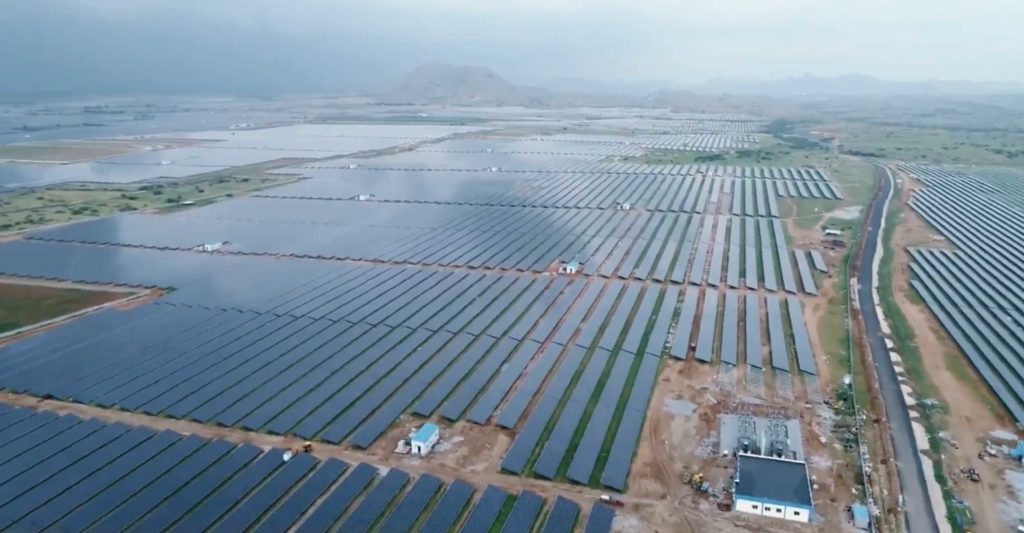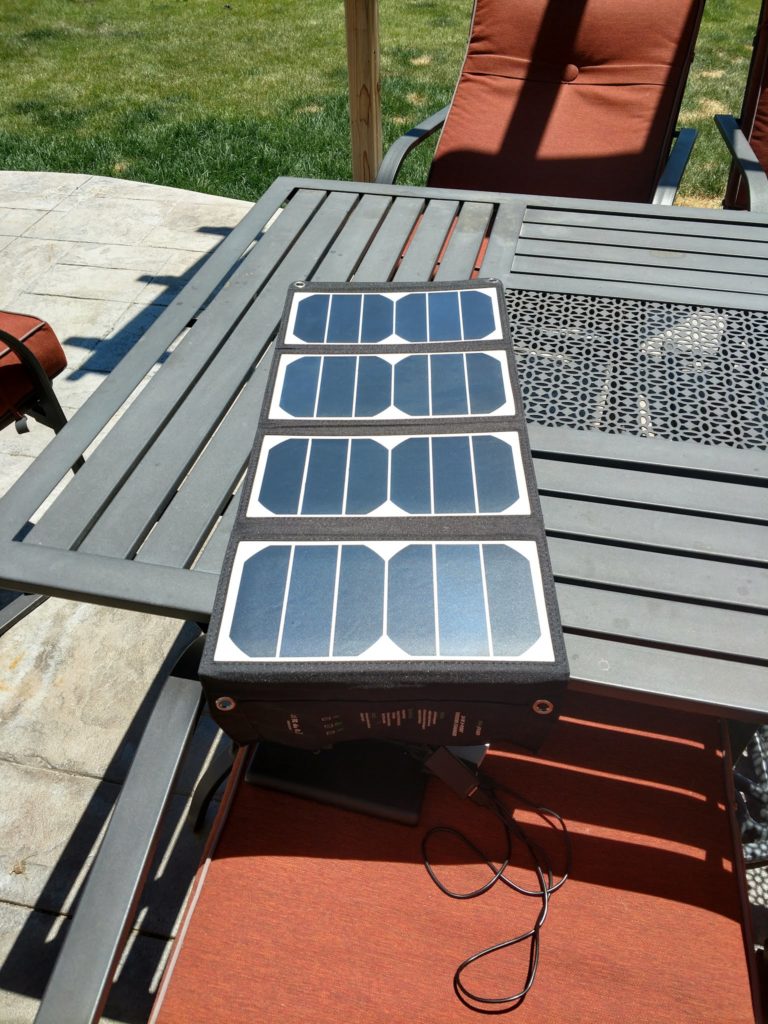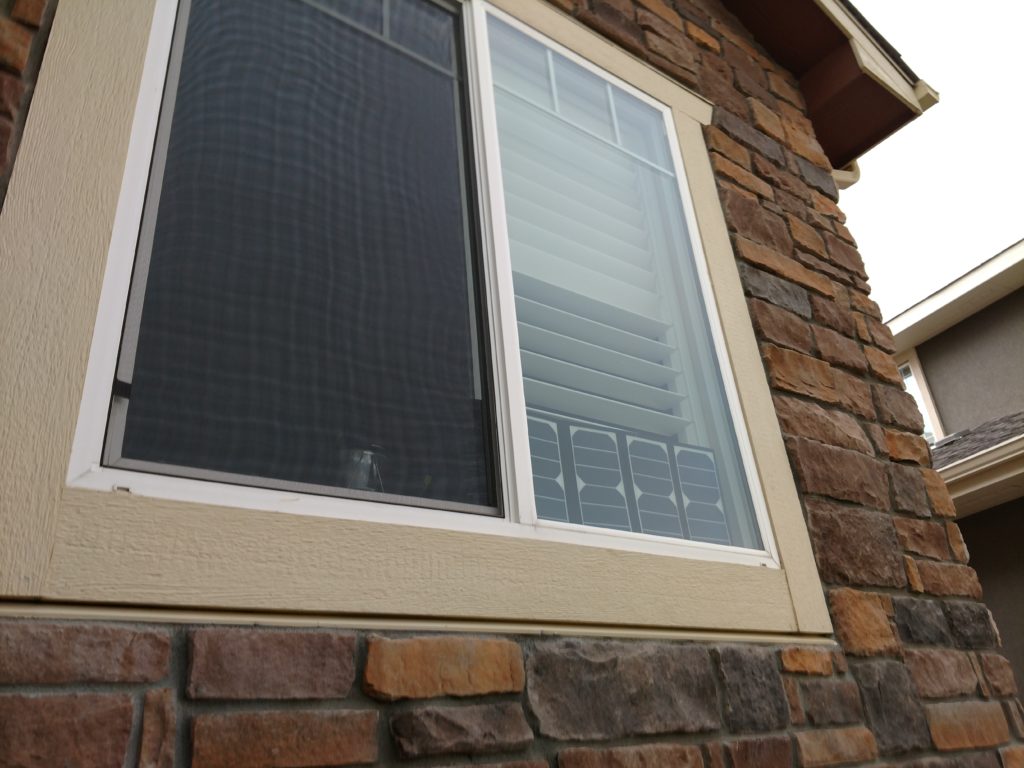Taking the Personal Device Solar Challenge

The largest solar parks in the world are in China and India (The 7 largest)
I've been intrigued by solar power recently. I read a biography about Elon Musk and during that book, I heard a statistic that peeled my brain open.
In a single hour, the amount of power from the sun that strikes the Earth is more than the entire world consumes in a year. (Source and more details: Business Insider)
Solar Is Something We Can All Get Behind
There are a lot of politically polarizing issues in our country but solar power is something almost everyone can get behind. Unless your personal wealth or income is directly attached to the success of fossil fuels you probably at least agree that solar energy is a great idea. Today all renewable energy (wind, hydro, solar, etc) accounts for 13 percent of US electricity generation. Of that small sliver, solar accounts for 3% of the 13%, which ultimately means it represents 0.39% of the total. Less than 1%.
Personally, I wasn't ready 30 days ago to move to residential solar. I'm warming up to it quickly but I'm intrigued by Solar for the following reasons:
- Economics. If I can save money then I'm game.
- Environment. If using solar helps out the planet then I'll feel more warm and fuzzy about doing my part.
- Survival and Independence. If solar can help me become better prepared for natural disasters and ultimately help me get off the grid then that sounds like a good idea.
- Global dependency. I believe that at least in part, our country's dependence on fossil fuels has played a part in war and death. If I can be a part of that solution I'll feel more warm and fuzzy about doing my part.
Table of Contents
The Personal Device Solar Challenge
I decided to create a challenge for myself. I decided to only use solar power to charge and use all my personal electronics. This includes my cell phone, my smartwatch, my headphones, my flashlights, and tablets. I am aware that relatively, charging these devices as often as I do doesn't really have any significant impact on my electric bill or the environment but it is a fun place to start AND it means that I could potentially power all these devices independently if the grid went down. Now obviously if the grid really went down my tablets are worthless without wifi but somewhere in my brain, this sounded like a fun way to test solar in my life.

Success or Fail?
I'm now 12 days in a row without using any power outside of solar to run any personal electronics, keyboard/mouse, or flashlights. During that time I went on one camping trip completely away from electricity. I call that a success. If I can do it I think you can too. I think you need about $180 worth of gear (more on that later) but it can be done. Here are some of the key lessons I learned that you might find helpful if you attempt this challenge.
- Roughly speaking the strategy here is to charge up portable battery chargers (suggested gear below) with the portable solar panels during the day when the sun is high and you are using your devices. Then at night recharge your devices using the portable chargers that were recharged during the day via solar.
- As it relates to the upfront costs it is the same with any solar panel decision. It doesn't make sense up front. It would take a very long time to get my money's worth out of the solar panels and batteries etc. Eventually, there will be a financial ROI but you have to justify this investment by the benefits of helping the environment and being better prepared for emergencies and the outdoors.
- Cloudy days are not cool. I live in one of the sunniest states in the country (Colorado). If you live in Seattle and are reading this I suspect you are going to find this more challenging. That said, sun shining through clouds still does produce energy… just a lot less energy than direct sunlight. I learned to check the forecast for each day and plan accordingly. During my 12 days, I had a period of 3 days in a row that was cloudy and rainy. Not fun but doable.
- You have to prioritize the energy you capture. Especially for the first 5-6 days, I had to learn the hard way to prioritize. I recharged my camping lantern and then didn't have enough power to fully recharge my cell phone. Oops. Pick your battles and in time you will learn what you can expect and then you can start to charge the secondary stuff as the power is available.
- The sun moves and leaving the solar panels in one place all day may or may not work well. In my case, I don't have a solid South facing window or yard spot that will work all day. I start the panels in the backyard or in an East facing window in the morning and then move them to the front yard or West facing windows at night. If the weather is really good I'll set them outside for direct sunlight. If the weather isn't stellar or if I'm concerned about them sitting in the front yard where anyone could steal them I'll put the panels in a window that is facing the sun. I work from home so it isn't a big deal for me to move the panels a few times during the day. It is worth mentioning that you get less efficiency from the panels when the sun has to go through glass to hit the panels but still better than nothing.
- If I didn't work from home I would have to consider alternatives. If you park outdoors at your place of work then putting the panels in the front or rear window of your car (whichever faces more south) is going to be a fairly effective “leave it and forget it” solution. If you park underground or in a place that is shaded then I hope you have an office window that faces south or have a good south facing window at home where you can leave your panels.

The Gear I Am Using / Loving (All links lead to Amazon.com)
PANELS: I have two different solar panels. They both are similar in design, folding into a compact package. The first ones I purchased have an output of 15 watts and have 3 panels. On a long sunny day they generate enough power to recharge a handful of things but quickly I discovered they wouldn't allow me to really complete this challenge. I upgraded to the RAVPower 24W Solar Panel w/ Triple USB Ports. I couldn't be happier. With 24 Watts of output and 3 USB ports these things make a big difference and still fold up into a compact package.
CHARGER: I have a handful of portable power charges I've collected over the years. They vary in quality and capacity. You will definitely need more than one but I quickly learned that having something with MASSIVE capacity and the ability to charge faster and be able to charge multiple devices was CRITICAL. So a few days in I ordered the Anker PowerCore 26800 Charger. It made a huge difference. It is big (I would rather be hit in the head with a real brick than this thing) but it gets the job done big time. It recharges twice as fast because it has 2 input ports. It also has 3 USB output ports, each one pushing out 5V. Just buy it and thank me later. I made the recharging of this my top priority and used my other chargers with my second set of panels or when the Anker was already full.
BATTERY CHARGER: A lot of my small electronics and flashlights run on AA and AAA batteries. There are a ton of chargers out there for rechargeable AA and AAA batteries but very few that can run on USB which is critical if I'm going to make it work directly off the solar panels or off the charger that was charged via the solar panels. This was the most difficult thing to research and find but I'm very satisfied with the Deruicent FLAT TOP Battery Charger. The digital display tells me where I'm at with the batteries and it runs fully on USB. Seems very efficient and comes with two 18650 batteries.
BATTERIES: I tested a few but haven't found anything as awesome as the Tenergy High Drain AA and AAA rechargeable batteries. $26 will get you 12 of each. The AA batteries have a capacity of 2600mAh and the AAA have a capacity of 1000mAh. They charge decently fast on the charger mentioned above and hold the charge much longer than most of the others I tested. They do sell them in other battery sizes as well. Alternatively, you can find AA and AAA batteries these days that have micro USB ports right on the battery. That might be even better.
Some other fun things I've using and enjoying include:
EFORCAR Portable Vacuum – USB recharging portable vacuum with accessories. Works great for the tent, car, and office and given the lack of USB charging vacuums available for sell I'm satisfied with this one.
Solar 11-in-1 Battery Charger – Has its own solar panels. Not nearly as efficient to recharge batteries as combining the RAVPower panels above with the Derucient FLAT TOP charger above, but it is an all in one system for solar recharging of batteries.
Goal Zero Lighthouse 400 Lantern – Camping lantern that is charged via hand crank or USB. Also can charge other USB devices.
Potential ways I'll expand my gear:
Cooluli Mini Electric Cooler and Warmer – USB operated portable cooler or warmer
KUNCAN 5V USB A Male to 12V Car Cigarette Lighter (for powering things designed for cars via USB)
YHOUSE Electric Mosquito Insect Zapper – USB powered bug zapper
USB Plasma ARC Lighter
The Conclusion of the Personal Solar Challenge?
So, you might be thinking… WHY? Why would one embark on something that has essentially no measurable impact on the electric bill or the environment, costs money up front, and is relatively inconvenient? Well, because I wanted to know if I could do it, and because I had to start my personal renewable energy journey somewhere. Buying thousands of dollars of residential panels seemed like a big step I wasn't yet ready for.
Maybe you are like me. You just don't know if you are ready to embrace this whole Solar Power thing. Give the Personal Solar Challenge a shot and let me know in the comments how it went for you!
